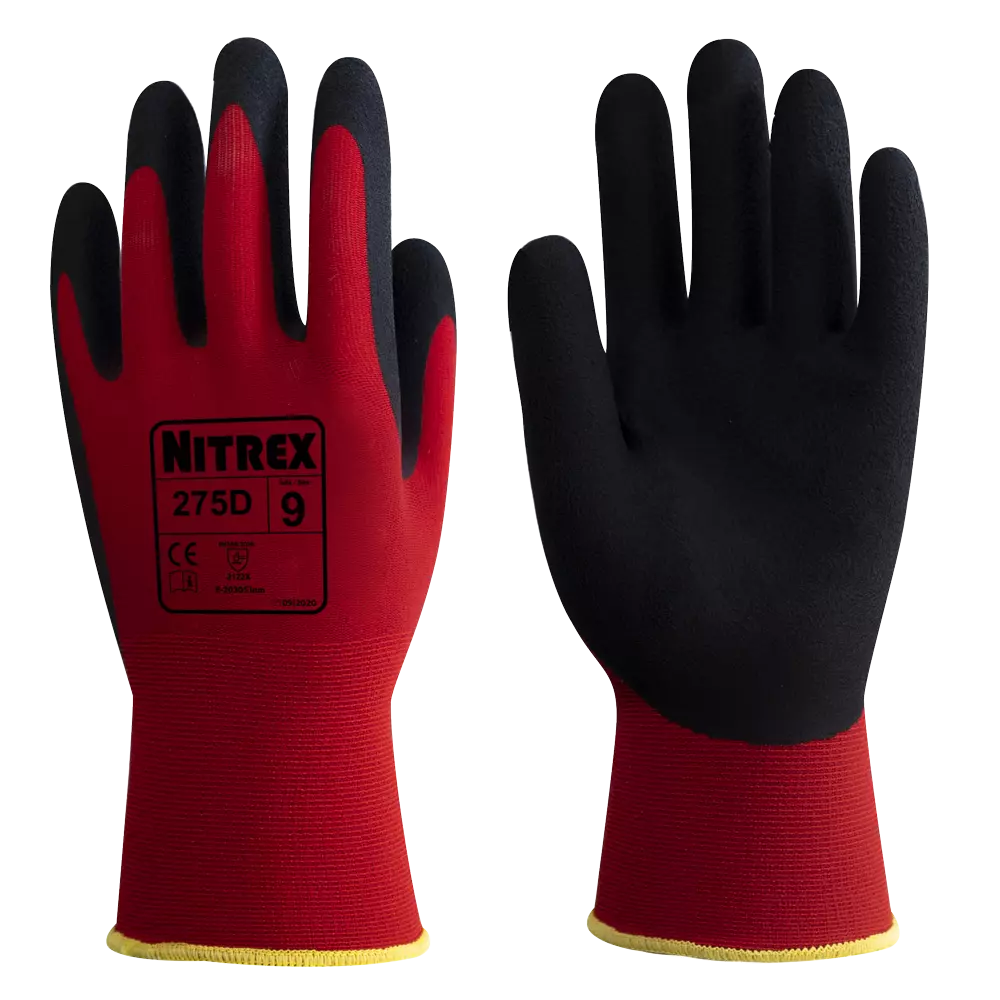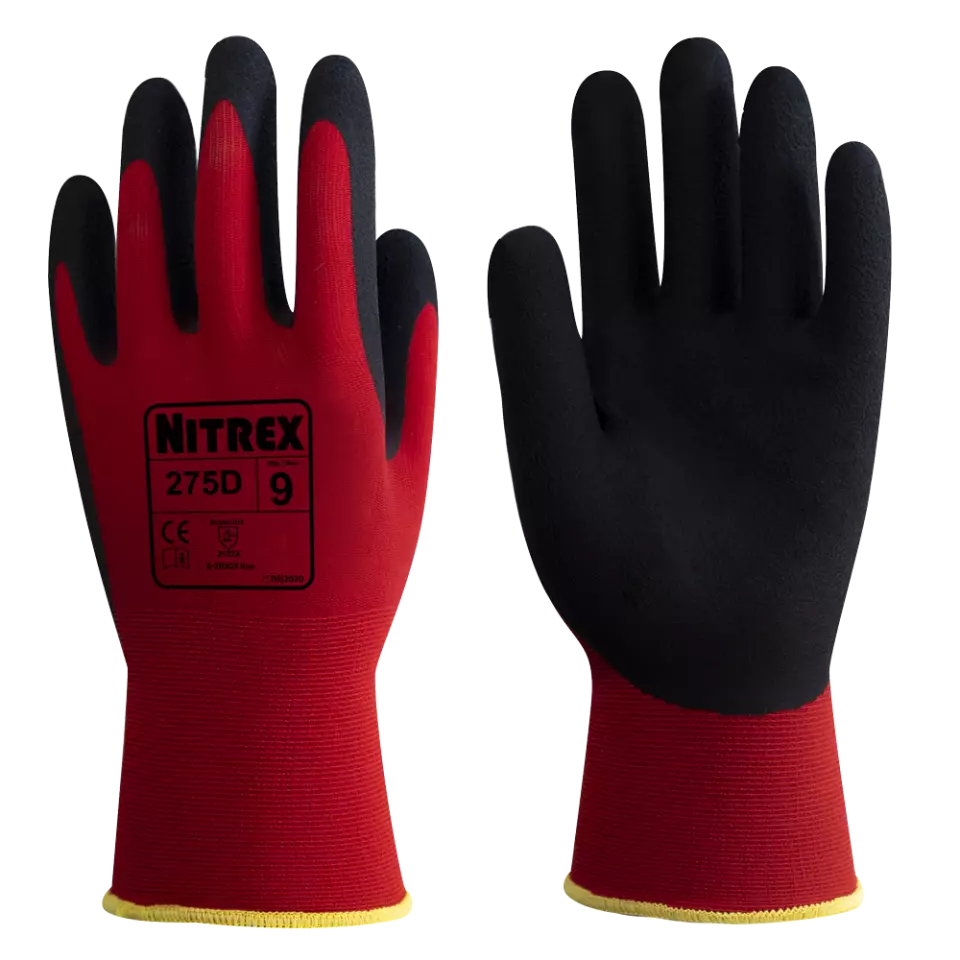
Features You'll Love

Glove Features · Light Weight
EN 388 · Tear Resistance Level 2, Puncture Resistance Level 2
EN 407 · Metal Splash Resistance Level X, Molten Metal Resistance Level X, Radiant Heat Level X, Heat Convection Level X, Heat Contact Level 2, Burning Behaviour Level X
Lightweight design ensures comfort and reduces hand fatigue, boosting your dexterity for agile work.
Offers moderate resistance against snagging or catching on rough objects, preventing small rips from growing.
Withstands moderate force from sharp objects like heavy-duty splinters or wires.
This product has not been tested for resistance against splashes of molten metal under the EN 407 standard. It does not offer rated protection for tasks where this is a risk, such as welding.
This product has not been tested for resistance against splashes of molten metal. It provides no claimed protection and should not be used for welding, foundry work, or other tasks with molten metal risks.
This product was not tested for protection against radiant heat, which is intense heat that can be felt from a distance. It does not claim to offer protection for tasks involving prolonged exposure to radiant heat sources.
This product was not tested for protection against convective heat, which is the transfer of heat through moving air, such as from a flame. Therefore, it has no claimed performance level for this specific thermal risk.
This product provides protection from contact heat up to 250°C for at least 15 seconds. It is ideal for tasks where you might briefly handle hot items, such as in kitchens or workshops.
This product has not been tested for its performance when exposed to an open flame. It is not rated for fire resistance and should not be used for protection against direct contact with flames.

Palm Material · Latex, Foam
Nitrex
15gg red nylon foam latex coated glove, 10 pairs
15gg red nylon foam latex coated glove, 10 pairs
4.8 / 5
40,56 €
Price per 10 pairs
4,06 € / pair
Choose size
Shipping fee is 7,94 € for orders under 80,00 €
Features You'll Love

Glove Features · Light Weight
EN 388 · Tear Resistance Level 2, Puncture Resistance Level 2
EN 407 · Metal Splash Resistance Level X, Molten Metal Resistance Level X, Radiant Heat Level X, Heat Convection Level X, Heat Contact Level 2, Burning Behaviour Level X
Lightweight design ensures comfort and reduces hand fatigue, boosting your dexterity for agile work.
Offers moderate resistance against snagging or catching on rough objects, preventing small rips from growing.
Withstands moderate force from sharp objects like heavy-duty splinters or wires.
This product has not been tested for resistance against splashes of molten metal under the EN 407 standard. It does not offer rated protection for tasks where this is a risk, such as welding.
This product has not been tested for resistance against splashes of molten metal. It provides no claimed protection and should not be used for welding, foundry work, or other tasks with molten metal risks.
This product was not tested for protection against radiant heat, which is intense heat that can be felt from a distance. It does not claim to offer protection for tasks involving prolonged exposure to radiant heat sources.
This product was not tested for protection against convective heat, which is the transfer of heat through moving air, such as from a flame. Therefore, it has no claimed performance level for this specific thermal risk.
This product provides protection from contact heat up to 250°C for at least 15 seconds. It is ideal for tasks where you might briefly handle hot items, such as in kitchens or workshops.
This product has not been tested for its performance when exposed to an open flame. It is not rated for fire resistance and should not be used for protection against direct contact with flames.

Palm Material · Latex, Foam
Product description
The product description has not been specified